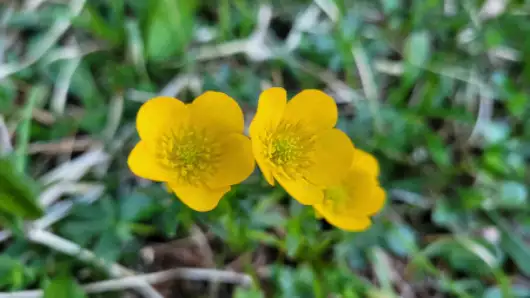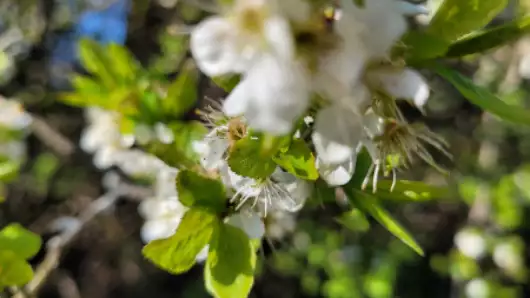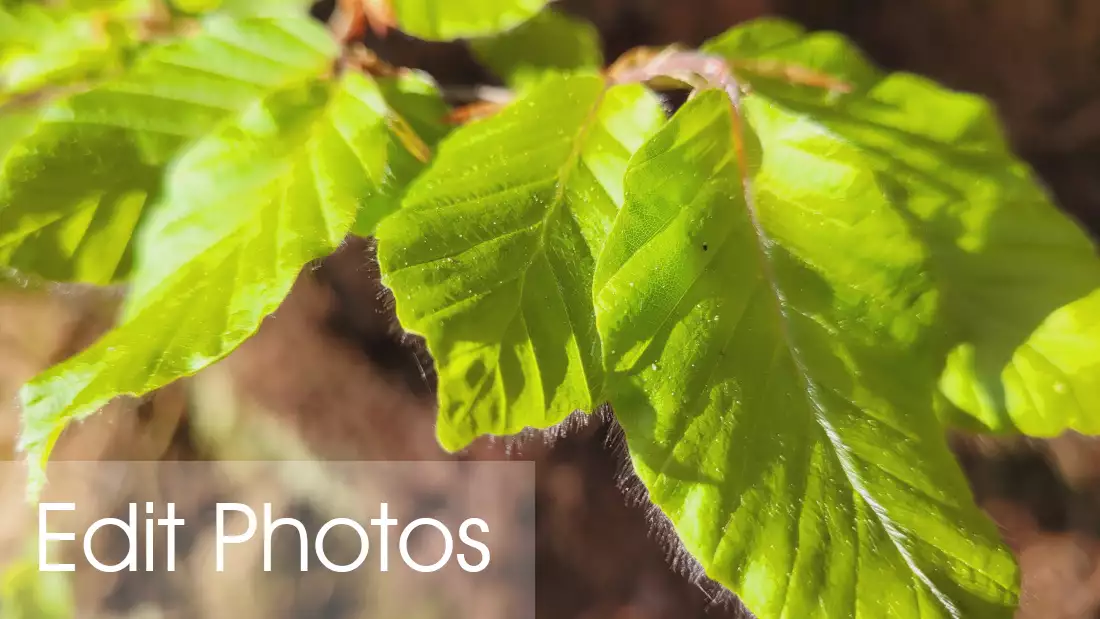Knowledge Base for Photo Editing
JPG and JPEG with a Photo Editor
Image editing is an important part of photography. Through photo editing people do change, optimize and beautify images. Image editing software are available for every operating system, whether Windows or Linux.
Free Download of the Day

An image file can be saved in different formats. One most common image format is JPEG. JPEG stands for Joint Photographic Expert Group and is a compression format. The JPEG image format converts images to grayscale and thereby compresses them because pictures as JPEG are usually of lower quality than images in TIFF or RAW format. Most photo editing software works very well with JPG.
An image editing software opens image files in various formats. This image file is converted into a graphic file that can be edited by a program. In JPEG files it is possible to change compression and thus influence an image's quality. Images in this format can also be cropped and cut. In addition, JPEG photos can be rotated. When images in JPEG format are edited, file sizes usually become larger than with images in other formats. That is why people should always choose a right format when editing images with photo editing software.
 Photo Editor
Photo Editor
 Photo Editing
Photo Editing
Image Editor and TIF and TIFF
For high quality images, the TIFF format is more suitable than JPEG. TIFF stands for Tagged Image File Format and is an image format with high image quality. Images in TIFF format cannot be edited in a photo editing software, because TIFF is a compression format without compression. Photographs as JPEG images can be saved worse than images in TIFF or RAW format.
RAW Files is a Photo Editing Software
What about RAW? This image format is considered as highest quality image format of all. What many people do not know: Photos in RAW format cannot be edited in image editing software because RAW is not an image format, but a format for image data. Photos in the RAW format can only be edited by a camera module itself.
JPEG and RAW therefore differ in that JPEG converts pictures to artistic grayscale and compresses them, while photographs in RAW format are saved directly by a camera without conversion and compression. Images in a format like JPEG can be edited in an editing software, while images in RAW format cannot. JPEG files have lower image quality than PNG or RAW, and are more difficult to save than PNG or even RAW format.
Histogram and Photo Editing Software
Histogram is a photo editing software that analyzes images and improves exposure. With Histogram users expose images by adjusting tonal values. Images that are too dark or too light can be improved with Histogram. Users also lighten and darken images. The Histogram in a photo editing software analyzes images and displays tonal value for brightness and black. Brightness data are gray levels or image pixels that have different depths. Image pixels that are white or very bright have a high tonal value. Image pixels that are black or very dark have a low tonal value. Images can also be reduced or enlarged with Histogram. Images that are too small or too large can be reduced or enlarged with histogram. Image editing software are many.
Edit Photos with a Green Screen
A green screen in an image editing software is a colored background layer that sits behind layers that is edited.
This allows people to change backgrounds and replace parts of their image with it so that everything fits together seamlessly. For example, they take a picture of a person with their portrait in front of a "greens screen" and then replace it with an old building to make it look like a person is standing in front of an old building with this photo editing software.
Or users have their favorite actor stand in front of a green screen and then put him in any background, whether he's walking down or swimming with sharks.
 Edit Photos
What can I use a green screen for?
Edit Photos
What can I use a green screen for?
For things like replacing backgrounds, people need to use a green-screen. A person standing in front of the right background looks like they've just been teleported, which doesn't look very natural. Although many images can be edited with a photo editing software without a green screen, using this method is highly recommended for maximum image quality and editing capabilities.
What should I use to edit an image?
Green screens are best used in image editing software with good selection tools. It is also recommended to use high resolution images when editing so that they can be edited without affecting the quality of an image too much.
A green screen consists of a green background (canvas) in front of which photos are taken. This green background can be replaced by other backgrounds in finished photos with some help of chroma keying (color keying).
DPI and Image Editing
Digital images are made up of tiny dots called pixels. The more pixels an image has, the better will quality be, but the larger will its file size be. A photo someone took with a computer probably has a lower resolution than a picture that one would have printed at a store.
When we talk about DPI* (dots per inch) in relation to photos, we mean how many dots fit on each inch. So, for example, if an image has a resolution of 300 dpi, it means that there are 300 dots to every linear inch (or 2.54 cm).
DPI is especially important when printing images with a photo editing software because the higher the number, the clearer and sharper an image will look. An image with a resolution of 100 dpi may be beautiful or artistic, but when they print it out, lines will appear jagged and pixelated. To print a good quality digital image with photo editing software, a photo must have a resolution of at least 300 dpi.
In image processing, a DPI number doesn't really matter because it is changed before those images are displayed. The term pixels per inch (PPI*) is used instead of DPI when an image is to be printed after it has been processed. Most modern printers specify what PPI they require for printing.
A photo editing software may have a setting for DPI. If so, this works the same as pixels per inch, but the number users enter has no effect on that image. This setting determines how large an object looks when displayed on a screen.
*PPI = Pixel per inch
*DPI = Dots per inch
 Image Editing
Image Editing
 Image Editing Software
Image Editing Software
Free Download of the Day

File Formats in a Photo Editing Software
Common image file formats in photo editing are:
- JPEG (.jpg, .jpeg)
- GIF (.gif)
- PNG (.png)
- Bitmap (.bmp)
- TIFF (.tif, .tiff)
- RAW Image Files (.raw, .cr2, .nef, sr2, orf, and more)
- EPS (.eps)





 Edit Photos
Edit Photos










